Spore dispersal . *・°・。。 . ・ * ° ゜゚
an illustrated guide to fertile surfaces
As surface-dwellers ourselves, it can be easy to think of the life that happens up here as being the main event, with whatever happens underground just setting the stage for us. But for fungi, that script is flipped. When we find mushrooms along our daily walks, it appears that these lifeforms just popped into existence overnight. In reality, the appearance of mushrooms tells us that its fungus has been there—underfoot, within the tree, betwixt the fallen leaves, whatever the case may be—for some time.
Fungi don’t have to make mushrooms at all, and in fact most do not. A mushroom is a fruiting body—a specialized outgrowth designed to spread spores far and wide. But they’re just one way among many that fungi multiply themselves. Some fungi are single-celled yeasts that reproduce asexually,1 some are bread molds that can change their own genes,2 some live their whole lives inside of plants, hitchhiking their way through seeds.3 Even for mycelium-forming fungi, mushrooms are not a requisite. Theoretically, mycelium is immortal—it could go on growing forever if conditions remained favorable.4 Which of course they don’t, but sometimes you get a good stretch of millennia.
That said, sexual reproduction has its perks—evolutionarily speaking, of course. While most spores released by mushrooms are trapped in the boundary layer immediately above the earth and will land close to the parent, the ones which escape and lift into the wind can travel vast, vast distances—half a continent, in some cases.5 We breathe in spores with every inhalation, as they pervade every biome on Earth in their search for an ideal substrate.
In hammering home the point that mushrooms are, at the end of the day, a vehicle for spores, I hope to lay the groundwork for the first and most important lesson of mushroom identification: Look for the fertile surface! I can’t tell you the number of mushroom photos I am asked to ID that are just pictures of circles. And while there is definitely some information to glean from the cap surface of a mushroom, it’s not where the most variation occurs.
The mushrooms gathered on any given foray ID table will represent a wide array of adaptations for spore dispersal. The most common, and so more commonly recognized, would be gills. But if you please, come take a tour of some of the many and splendidly strange options~
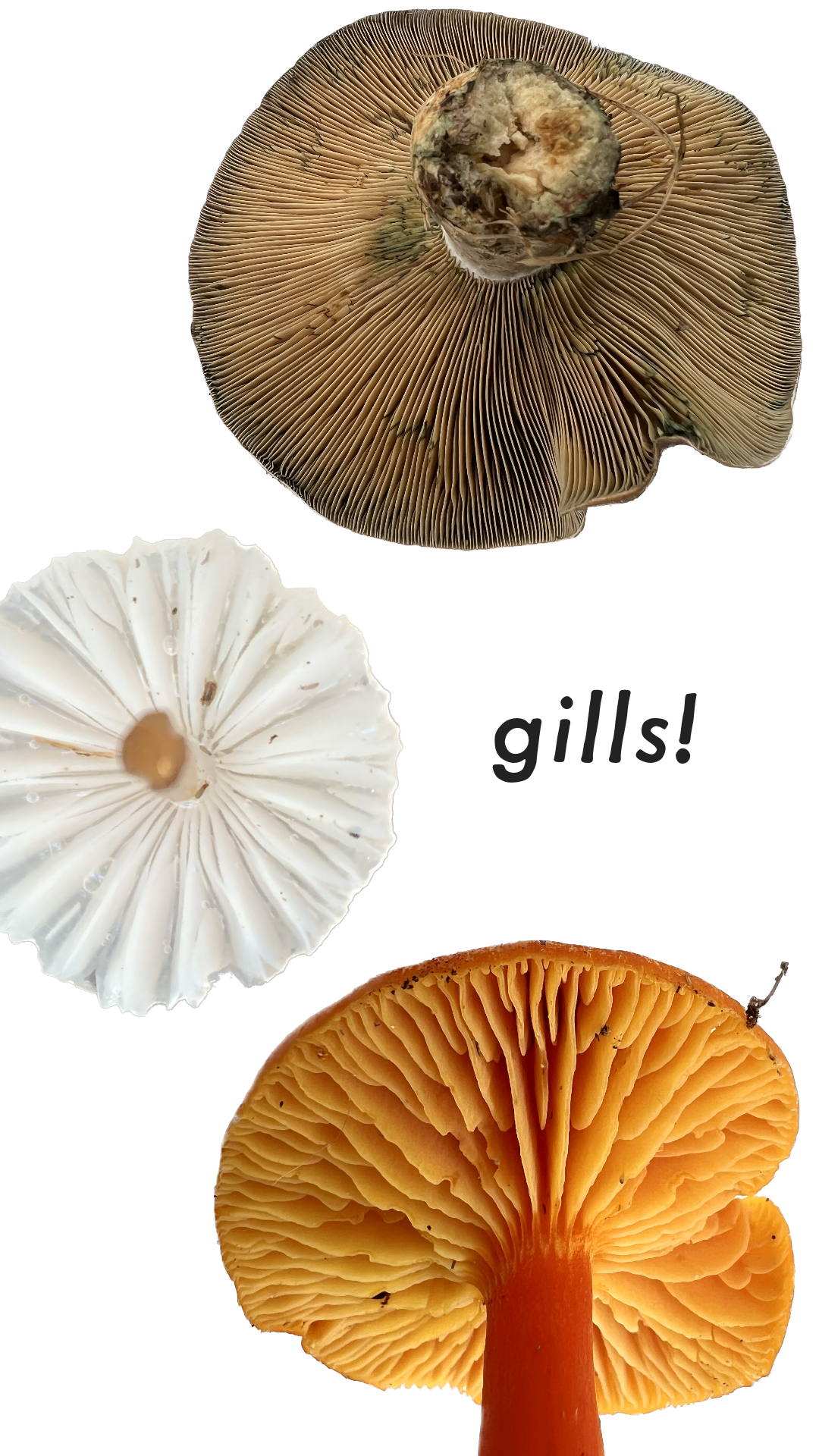
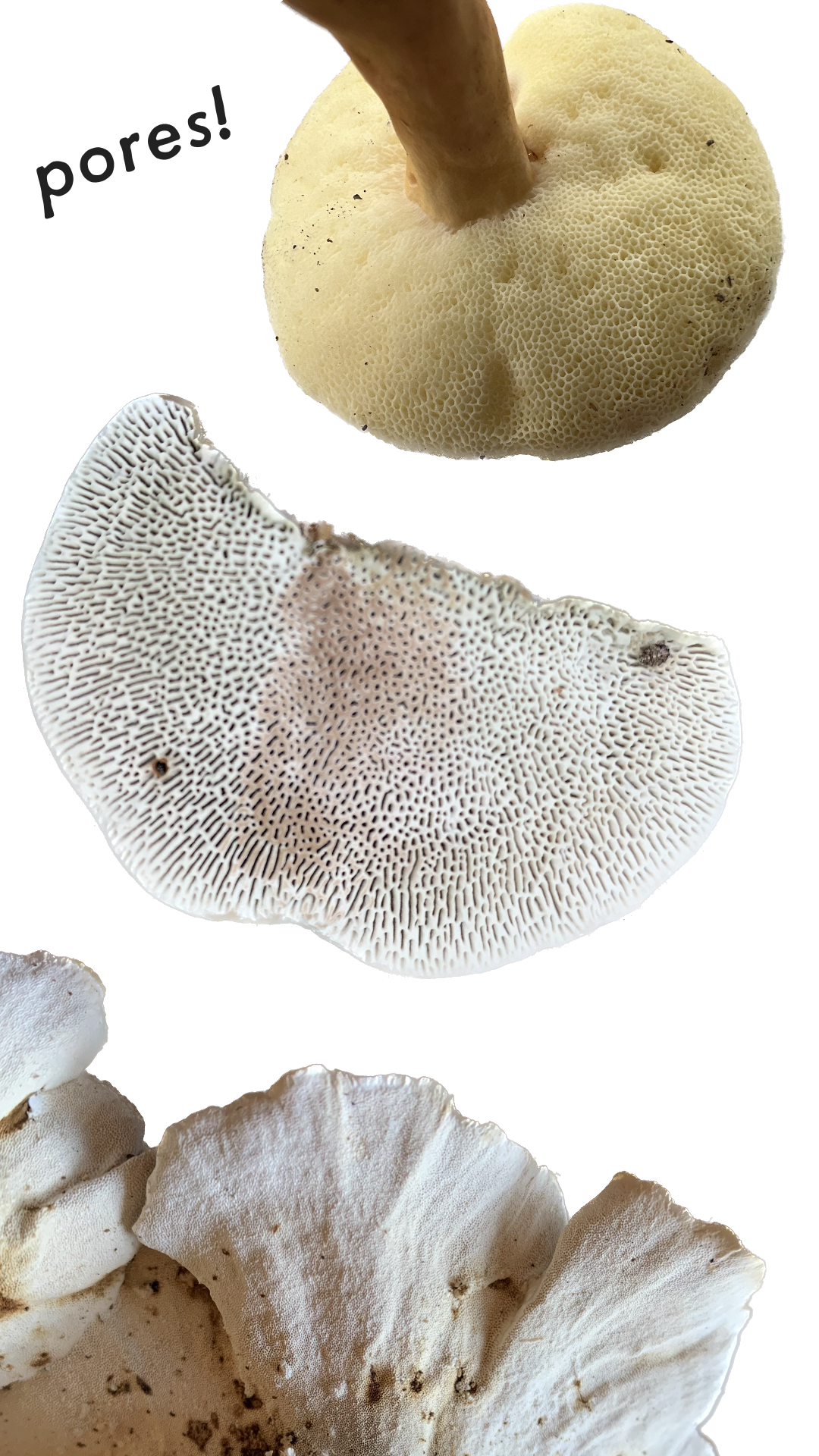
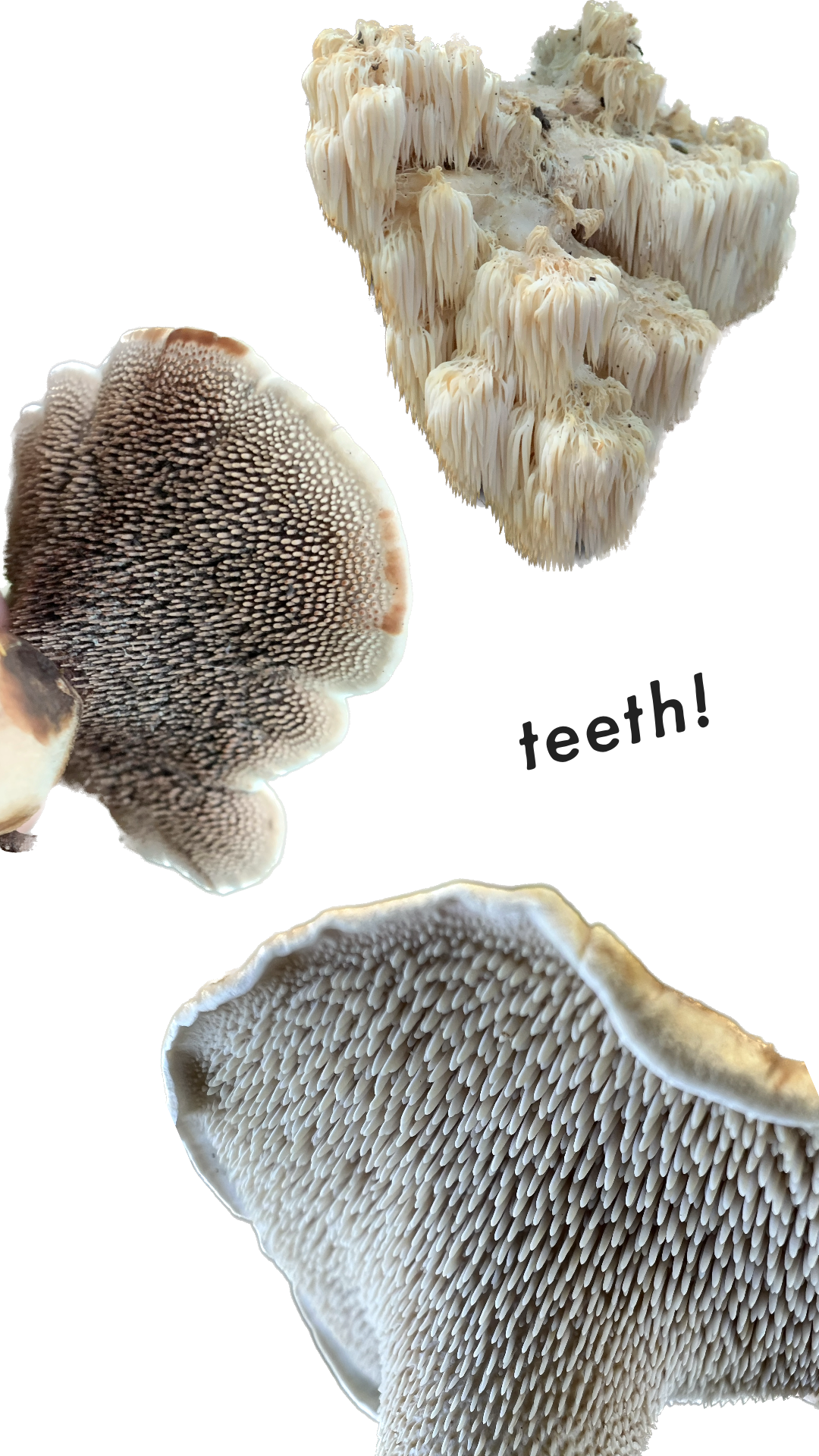
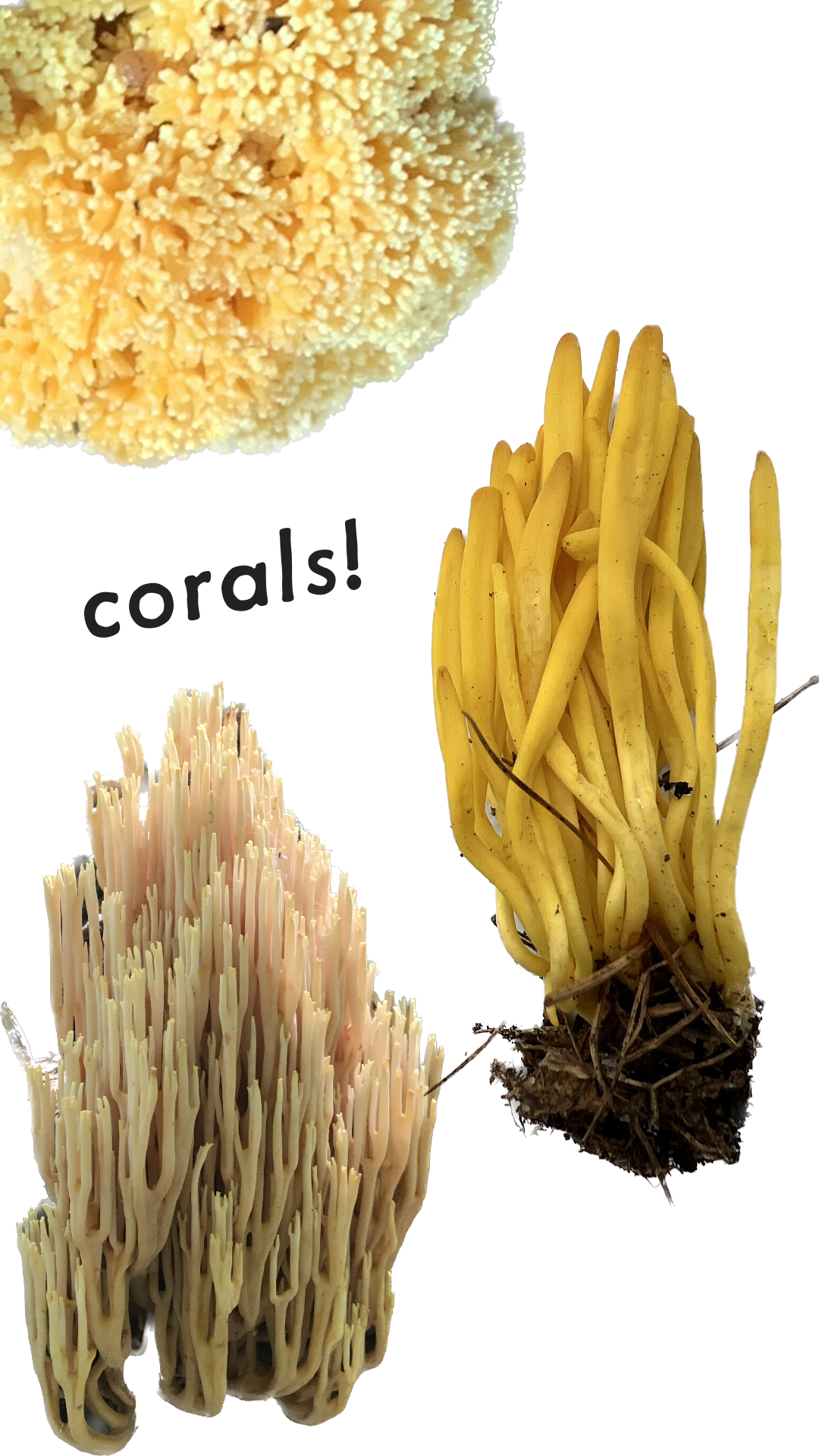

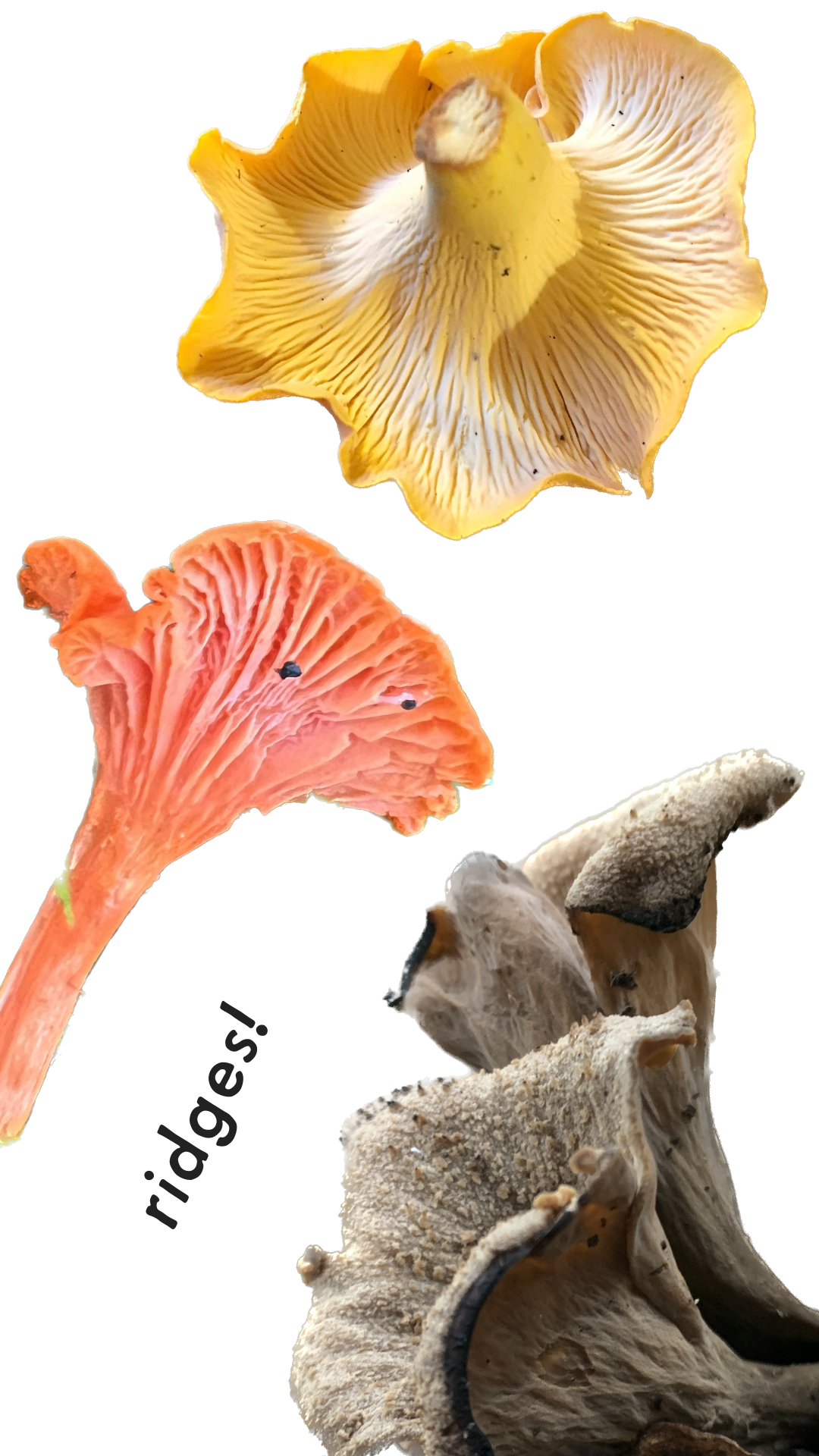
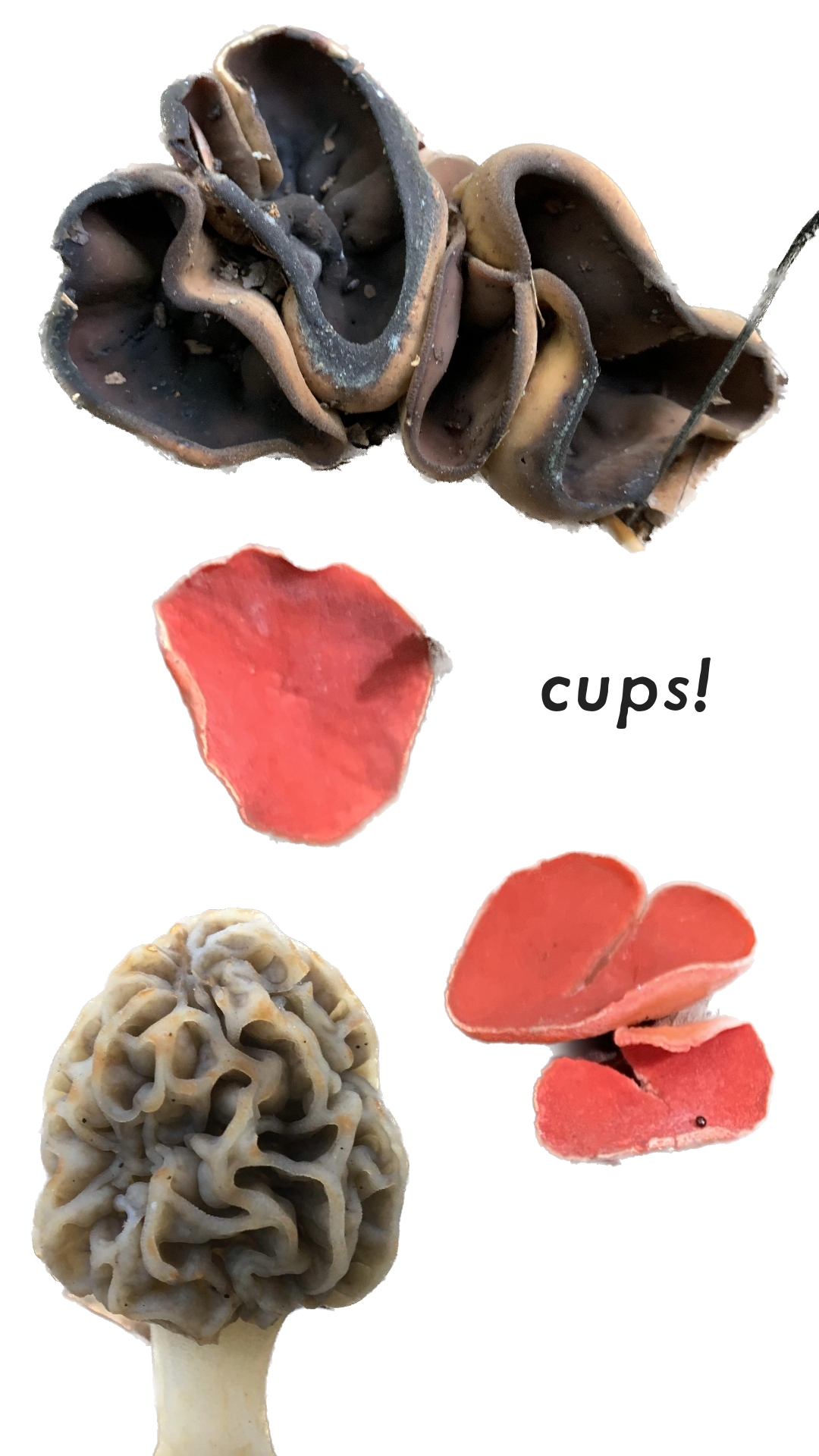
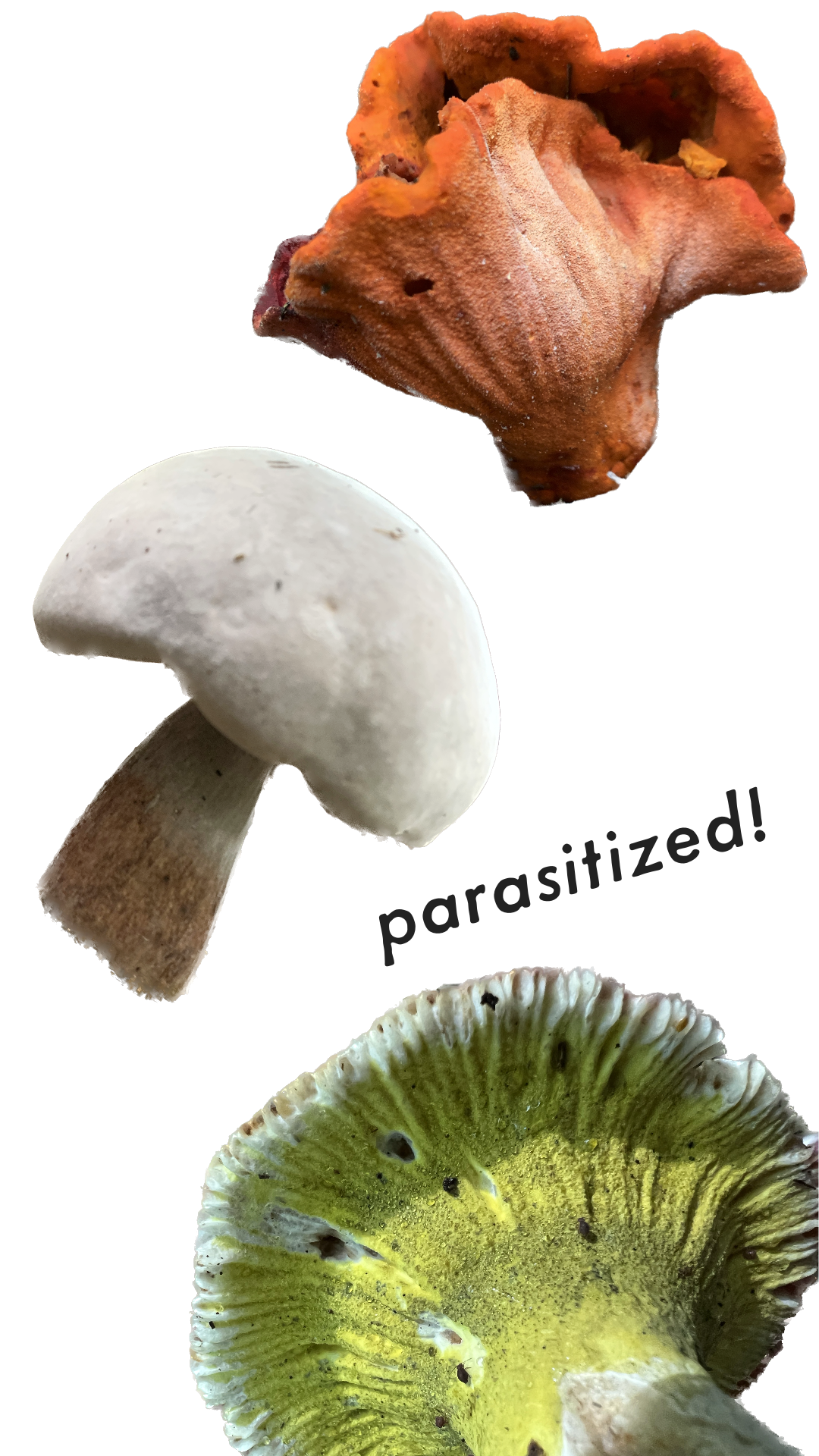
Now that you can identify the fertile surfaces of most mushrooms you encounter, you’ll be ready for next week’s post all about…spore prints! You can make them for fun, you can make them for art, but most of all you can make them for SCIENCE.
Ps. The images in this post are groundwork for a resource I am making in preparation for my forthcoming picture book On a Mushroom Day. The captions in the final version will be oriented toward kids and families. If you have feedback/questions that arise after reading, I’d love to hear!
https://bio.libretexts.org/Bookshelves/Microbiology/Microbiology_(Kaiser)/Unit_4%3A_Eukaryotic_Microorganisms_and_Viruses/08%3A_Fungi/8.2%3A_Yeasts
https://www.sciencedaily.com/releases/2020/06/200622133041.htm#:~:text=FULL%20STORY-,Whilst%20most%20organisms%20try%20to%20stop%20their%20DNA%20from%20mutating,mutate%20all%20of%20the%20time.
https://www.ncbi.nlm.nih.gov/pmc/articles/PMC4020682/#:~:text=To%20date%2C%20it%20has%20been,species%20(Centaurea%20cyanus%2C%20C.
https://www.britannica.com/science/fungus/Growth
https://www.usu.edu/herbarium/education/fun-facts-about-fungi/dispersal#:~:text=Once%20spores%20are%20caught%20by,2000%20km)%20by%20the%20wind.



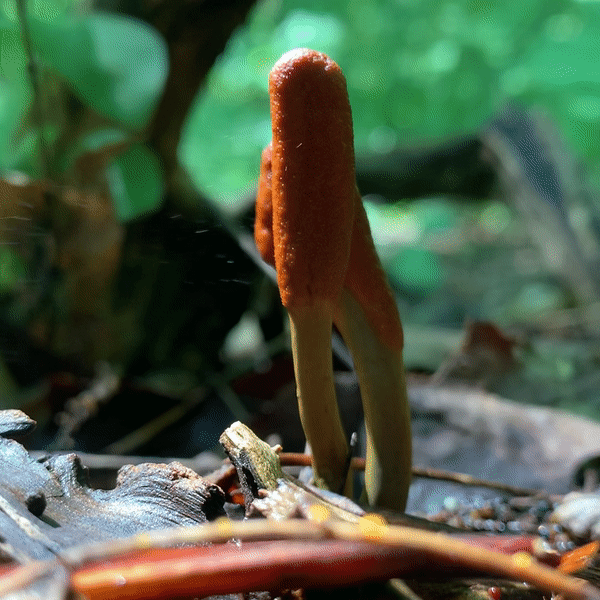
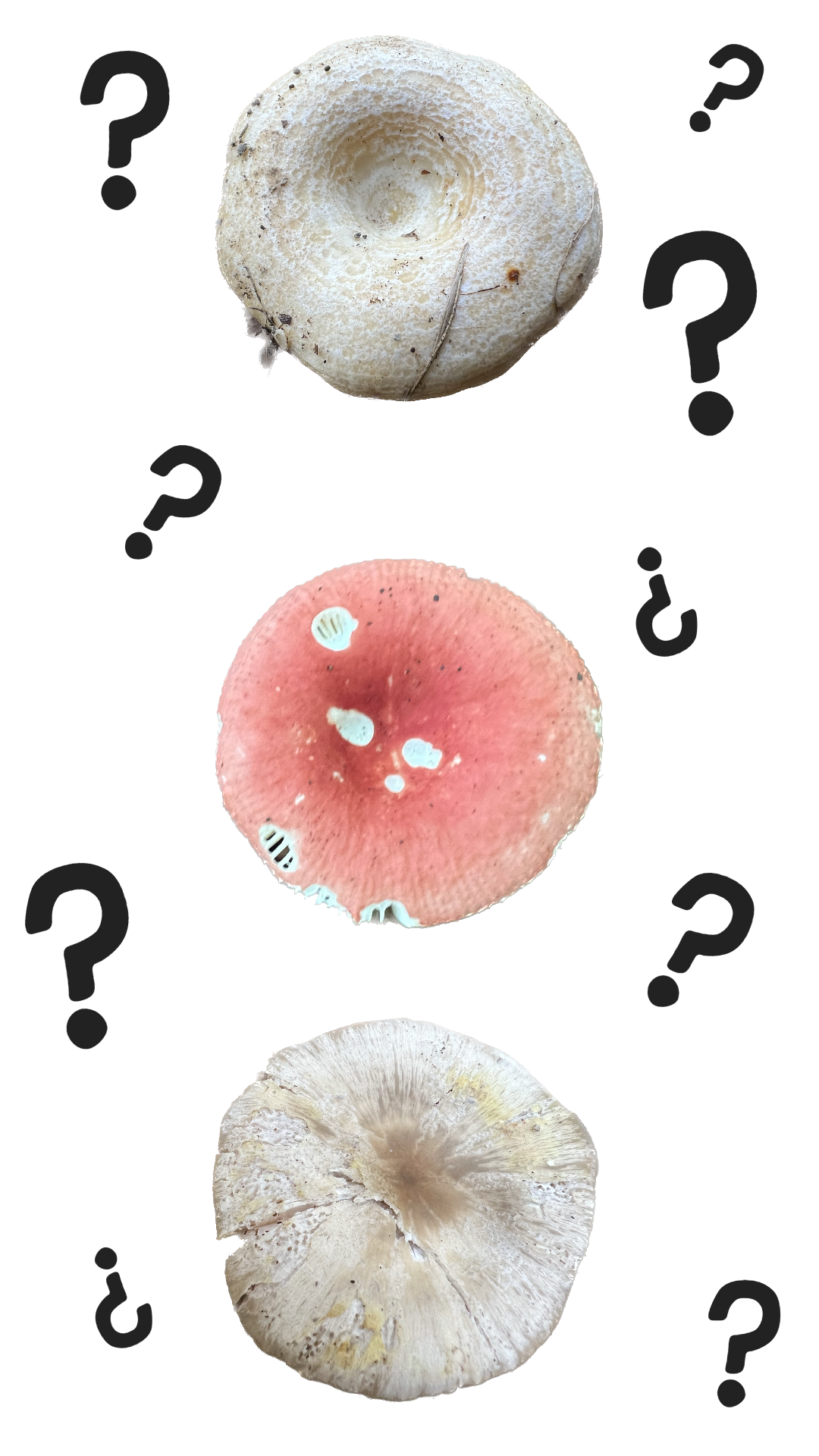
Cannot wait for this book!! 😍😍😍
Wonderful post!! Thank you! I look forward to the book.